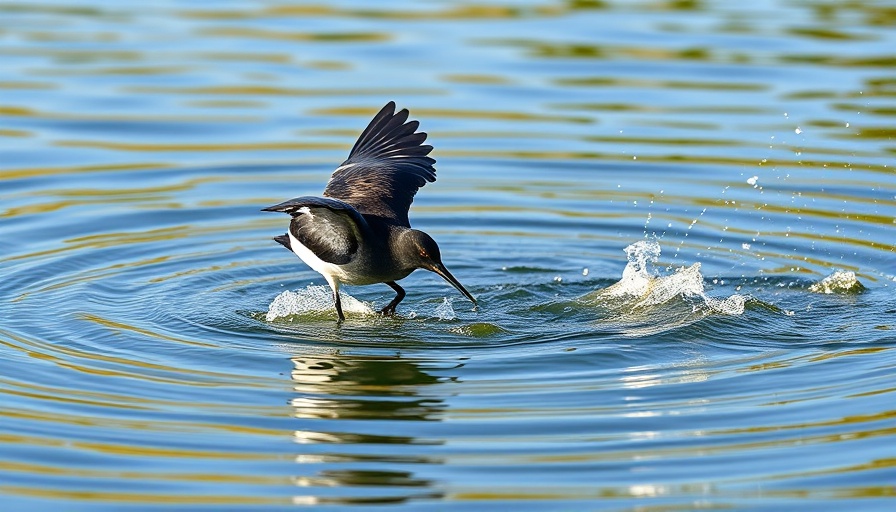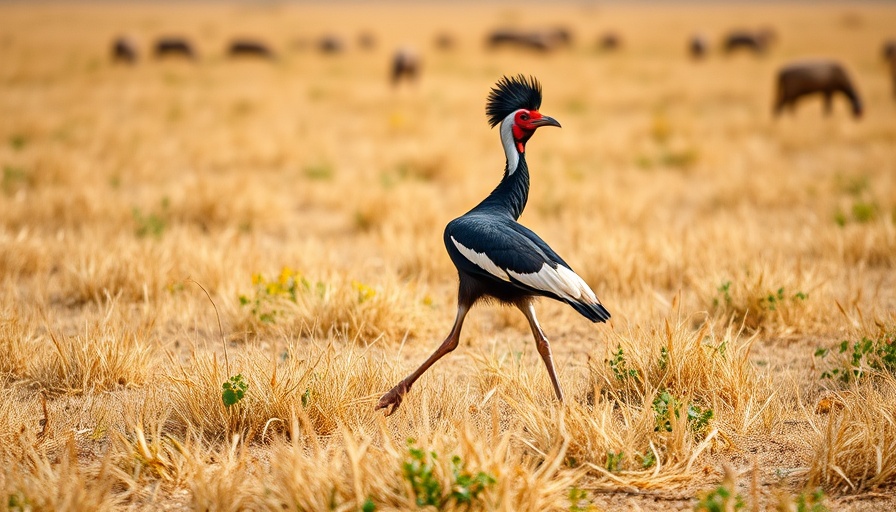
The Unique Feeding Method of the Black Skimmer
At the Chincoteague National Wildlife Refuge in Virginia, the Black Skimmer showcases one of the most distinctive feeding methods in the avian world. This striking black-and-white bird, characterized by its long, red bill and feet, flies just above the surface of the water.
Unlike most fish-eating birds that rely on sight, the Black Skimmer employs a unique technique. As it glides, its long lower mandible skims the water, ready to snap shut at the slightest touch of a fish. This fascinating method allows it to hunt effectively, even in low visibility conditions at night.
Habitat and Breeding Patterns
Black Skimmers primarily nest on sand islands in colonies, a behavior that emphasizes their social nature. They require undisturbed habitats characterized by abundant fish in coastal lagoons, making them reliant on stable environmental conditions. Their breeding season stretches from May to early September, during which they lay 4-5 eggs in shallow nests scraped into the sand.
Conservation efforts are critical for these vulnerable birds as they face threats from habitat loss and increased human activity on nesting sites. The Black Skimmer’s dependency on specific coastal environments highlights the importance of preserving these delicate ecosystems.
The Threats Facing Black Skimmers
As coastal development intensifies, Black Skimmers are increasingly at risk. Human activities such as beach driving, shoreline hardening, and recreational disturbances can disrupt their nesting habits and lead to decreased populations. Additionally, predators like raccoons and crows threaten their eggs and young chicks, further complicating their survival.
Climate change also poses a significant threat, with rising sea levels potentially altering or destroying their nesting habitats. Protecting the Black Skimmer requires a concerted effort to conserve their coastal environments and mitigate human impact.
 Add Row
Add Row  Add
Add 




Write A Comment